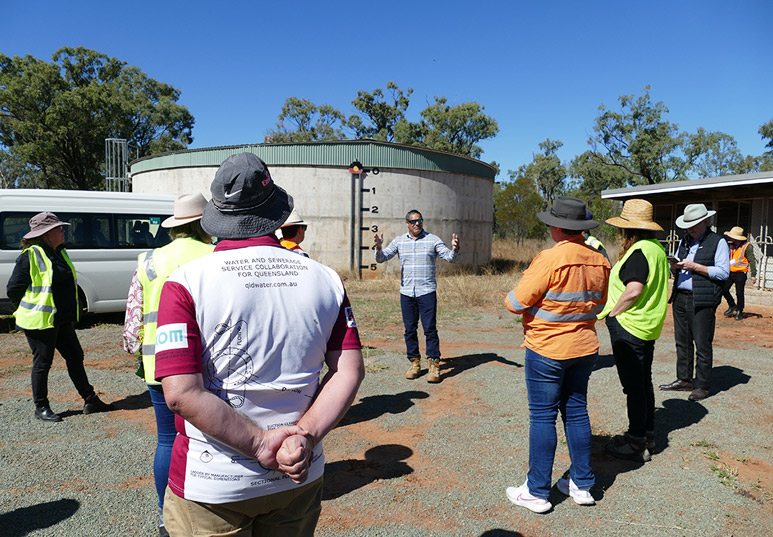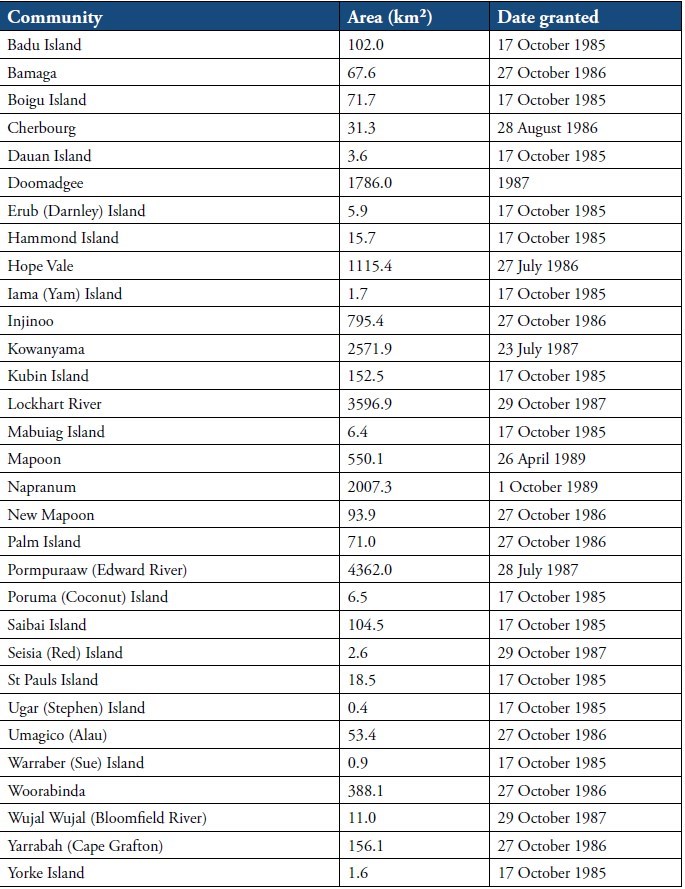Flashback Fridays: Indigenous Councils in Queensland

This week we look back at the formation of Indigenous Councils in Queensland.
Aboriginal occupation of Australia (including Queensland) can be traced back to archaeological sites 40,000 years old.
Given the estimated 90 Aboriginal languages in Queensland prior to white settlement there were likely many Aboriginal camp sites near reliable surface water supplies. Some sites could become the gathering place for hundreds of people during certain ceremonies.
The Brisbane region is thought to have been home to 5,000 people prior to white settlement. The majority of Queensland’s initial population was focussed around the coast, particularly on Cape York Peninsula, but there were also inland communities which were driven by the availability and predictability of water supplies. Wells at natural springs or constructed sites became known to some of the early explorers and settlers, and are dotted around the State.
 The Aboriginal understanding of Queensland’s water resources was all but ignored by the European cultures.
The Aboriginal understanding of Queensland’s water resources was all but ignored by the European cultures.
Aboriginal populations are today spread throughout the towns and cities of Queensland and make up a large percentage of some small regional towns.
Indigenous community councils began to be formed in 1984 through the Queensland Government providing a Deed of Grant in Trust (DOGIT), establishing a community-level land trust in many communities originally formed as ‘missions’ or ‘reserves.’ Hope Vale was the first Aboriginal community to receive a DOGIT in 1986.
These communities are responsible for managing water and sewerage infrastructure and were provided with many of the same powers and responsibilities as Shire Councils under the Local Government (Community Government Areas) Act 2004.
A notable exception is that these communities do not collect rates and are funded directly by the State Government. This provides an additional level of complexity in dealing with water regulations that are primarily developed around the principle of “user-pays” and cost recovery. Following the statewide restructure and amalgamation of councils in 2008, many of these councils became Aboriginal Shire Councils.
In 1879, the Torres Strait along with numerous inhabited islands was proclaimed to be part of Queensland. The Torres Strait Island DOGIT communities comprise each of the inhabited islands along with two mainland communities at Bamaga and Seisa. All became DOGIT communities in 1985, with the notable exception of Mer Island, which became the subject of the Mabo cases of 1988 and 1992.
Many of these councils were amalgamated into the Torres Strait Islands Regional Council in the 2008 Local Government restructures. The small island councils face particular water supply issues due to their small catchments and tropical climate.
Ending on a positive note, the 2023 qldwater Operator of the Year (Civil/Allrounder), John Sebasio, have been doing a great job integrating the Veolia water treatment team in the local community, demonstrating the continuing and important connection to water through the lens of a local NPA man and a passionate water treatment operator - watch this short video on Bamaga's Water.
Feature image: Woorabinda Aboriginal Shire Council Town Services Manager, Reggie Cressbrook, showing off the town's water infrastructure to tourists on the 2023 qldwater Water Connections Tour.
Table: Deeds of Grant in Trust (DOGIT) granted
